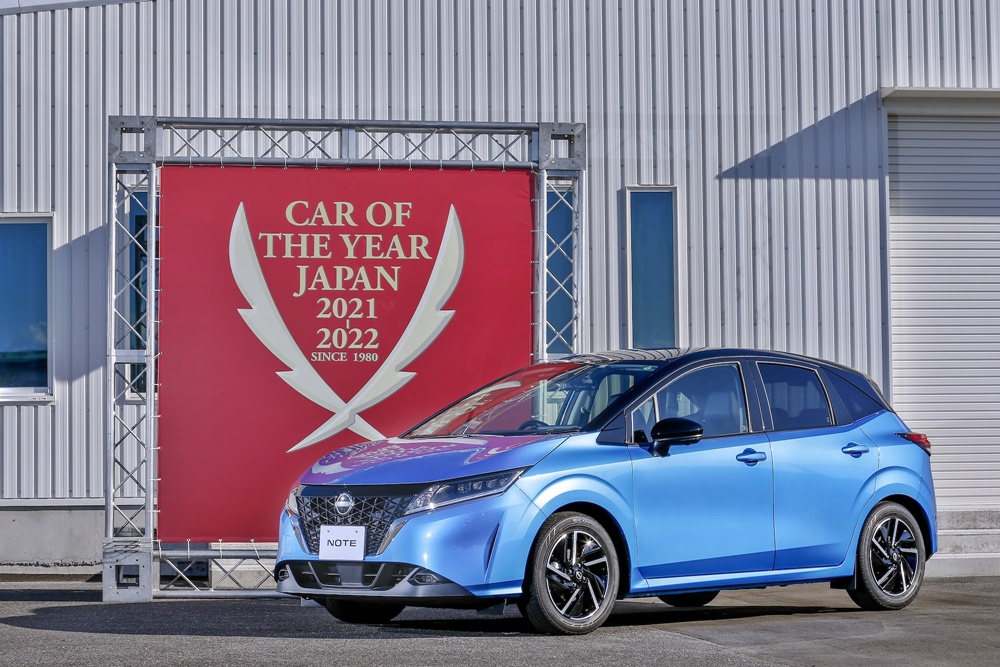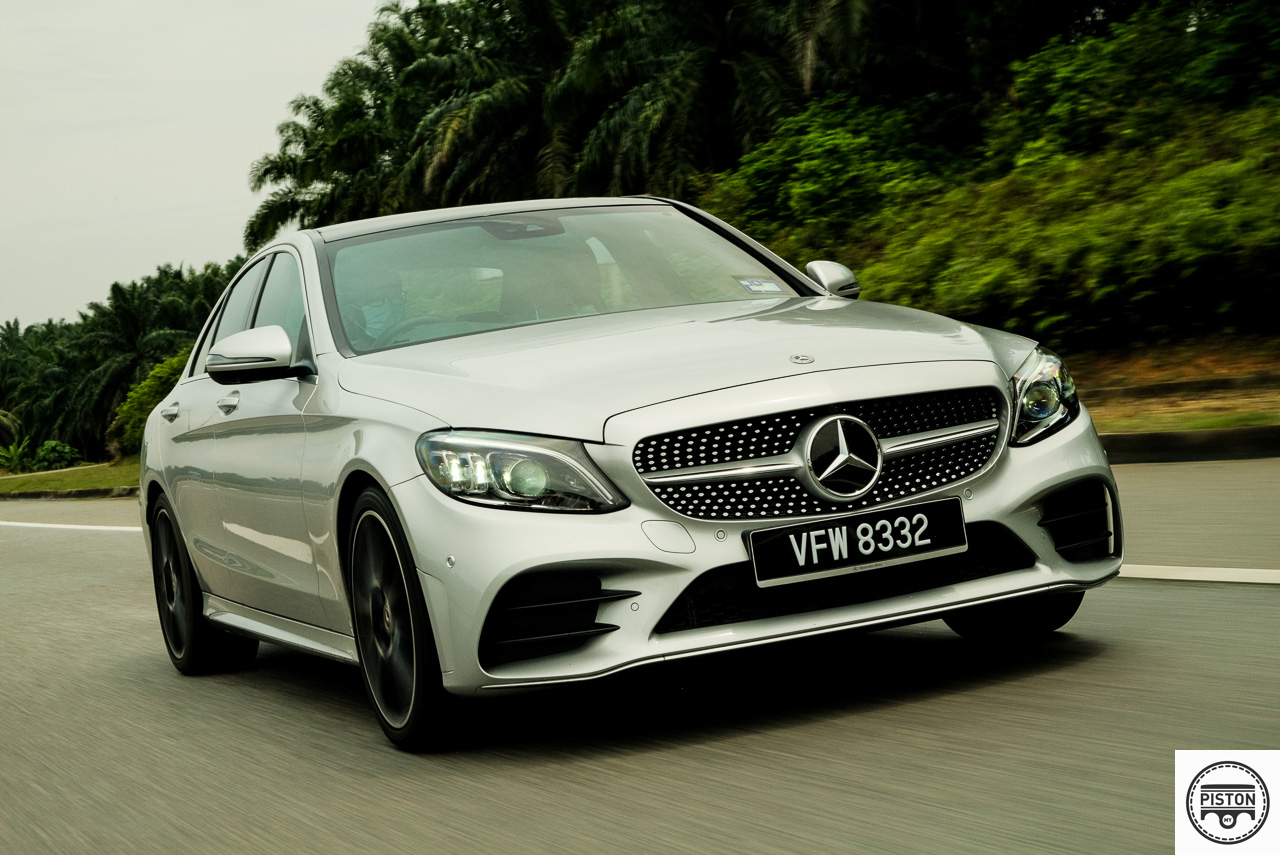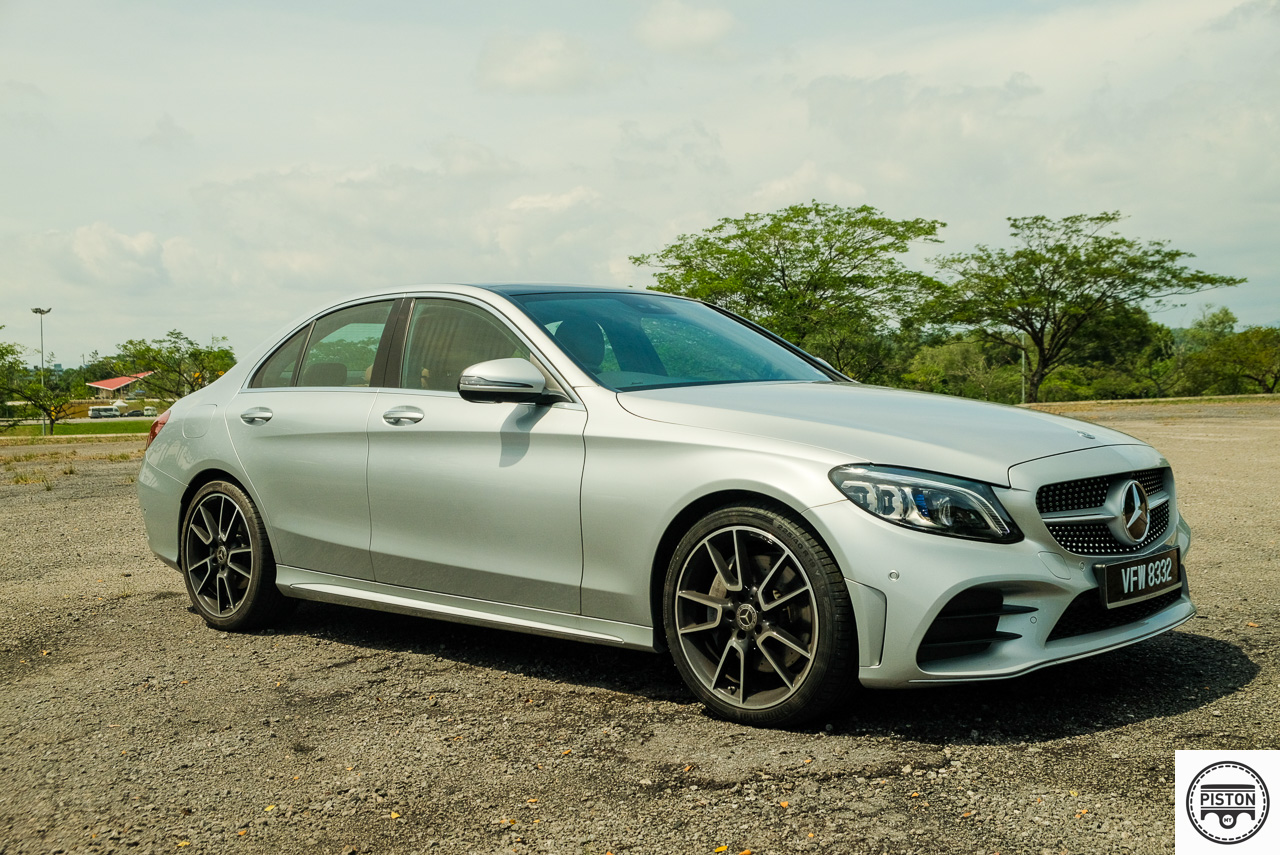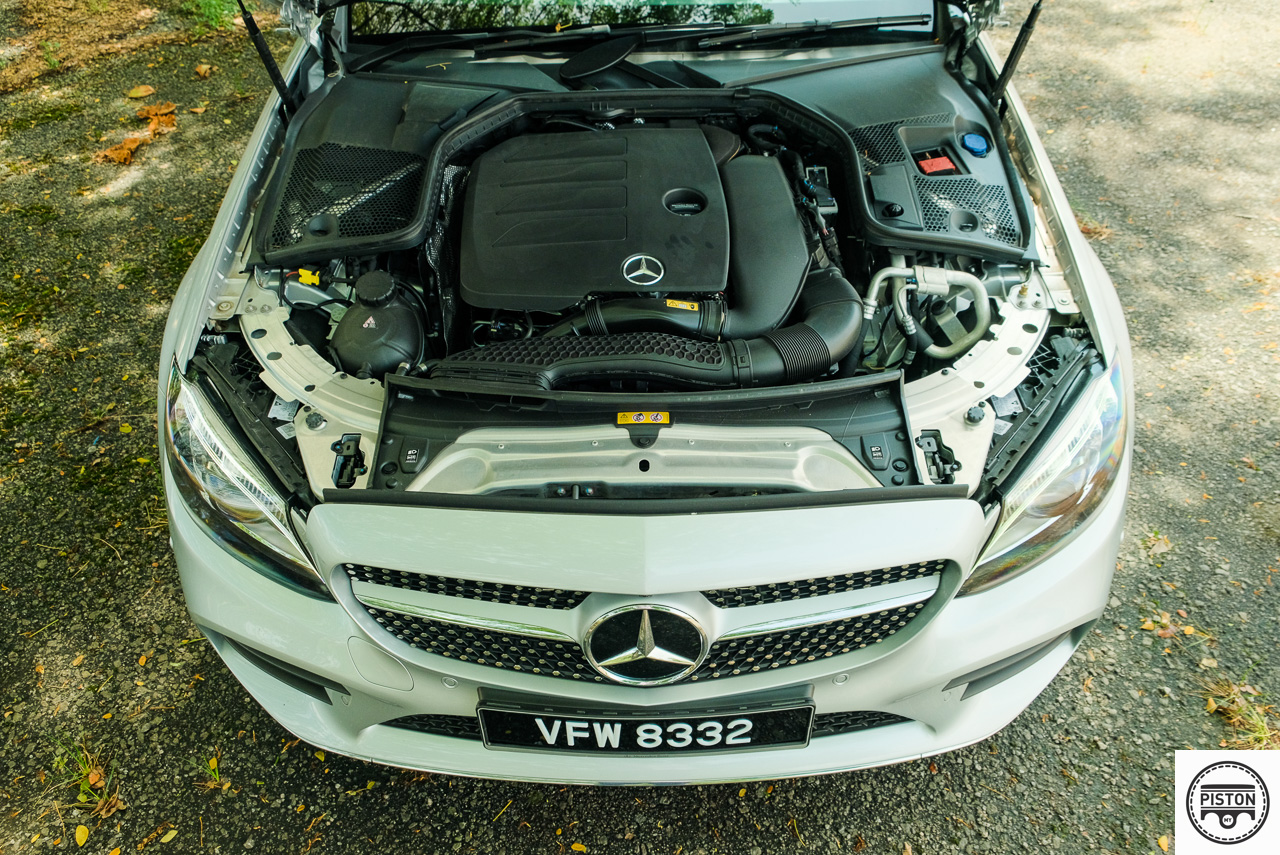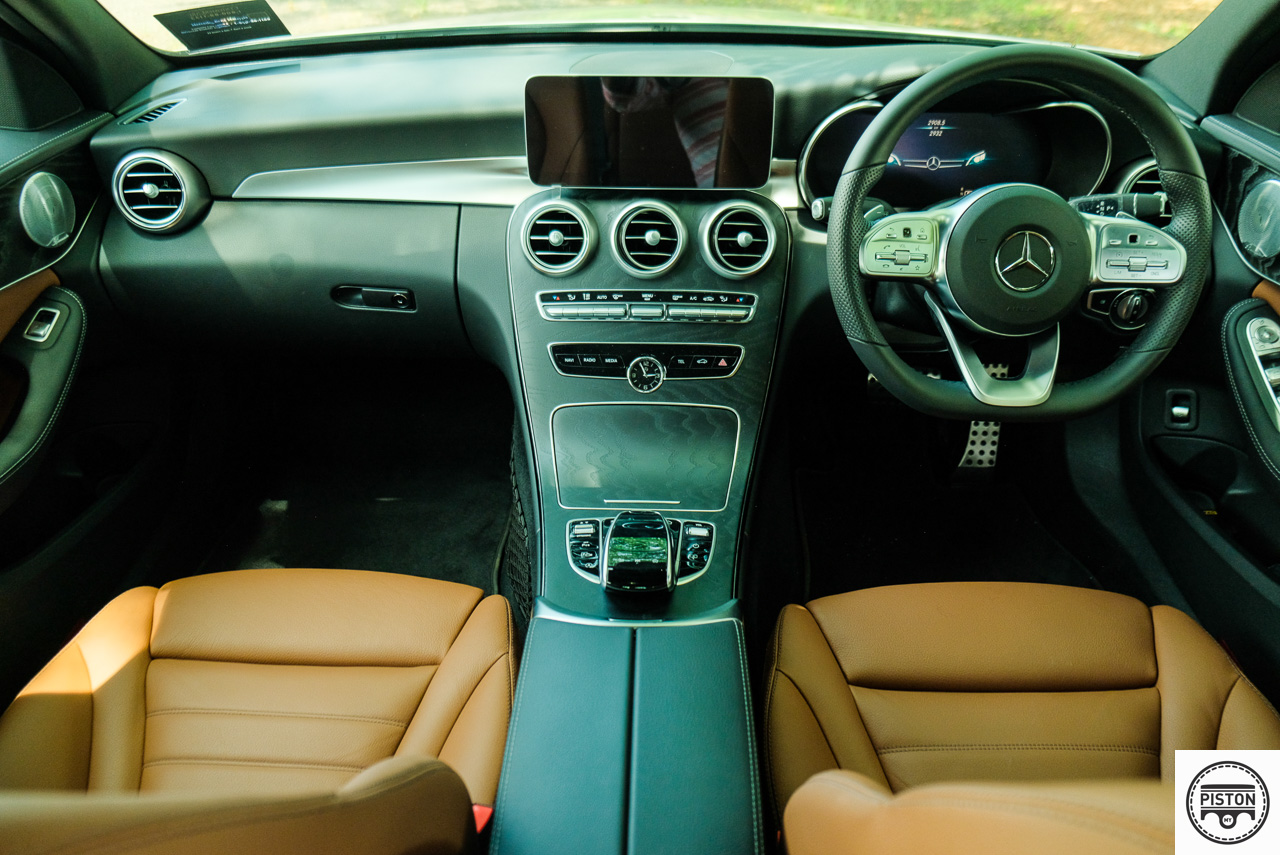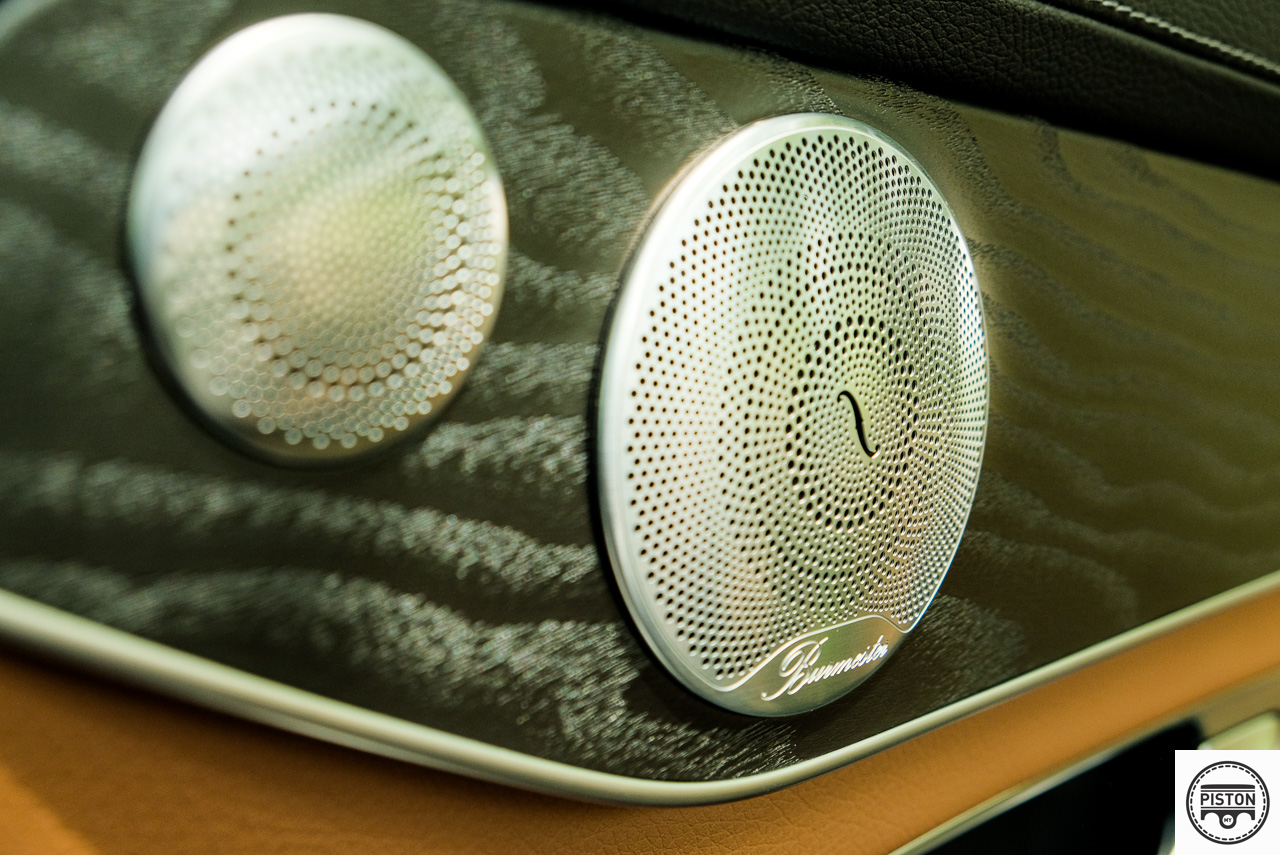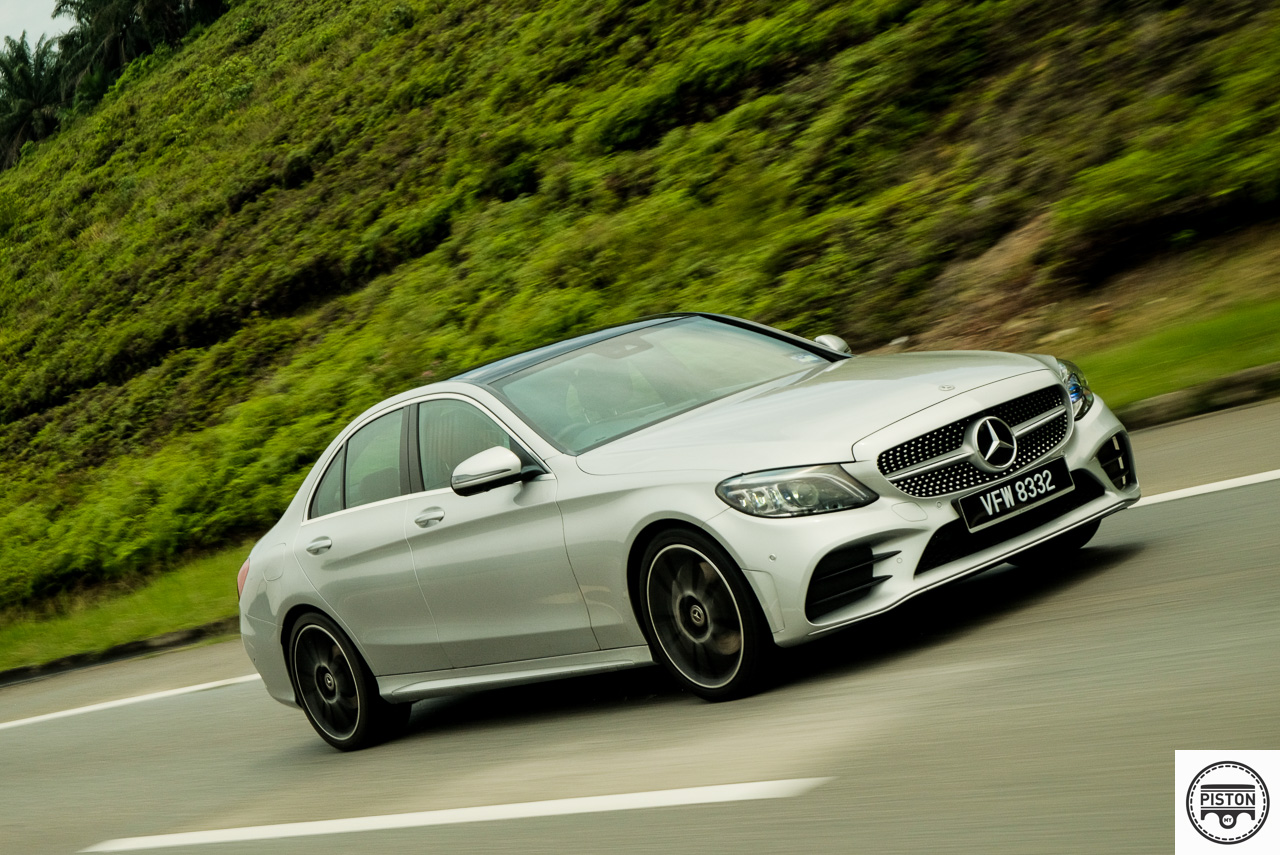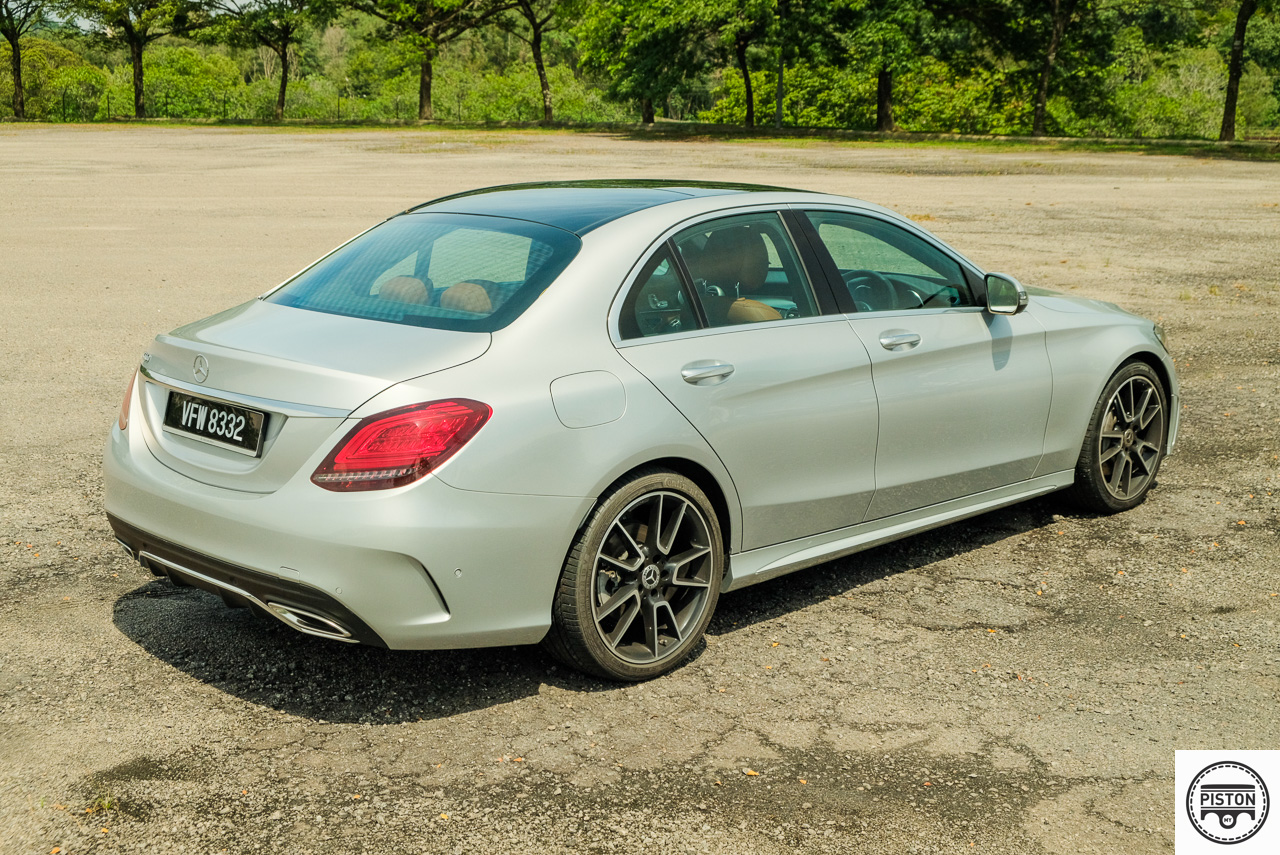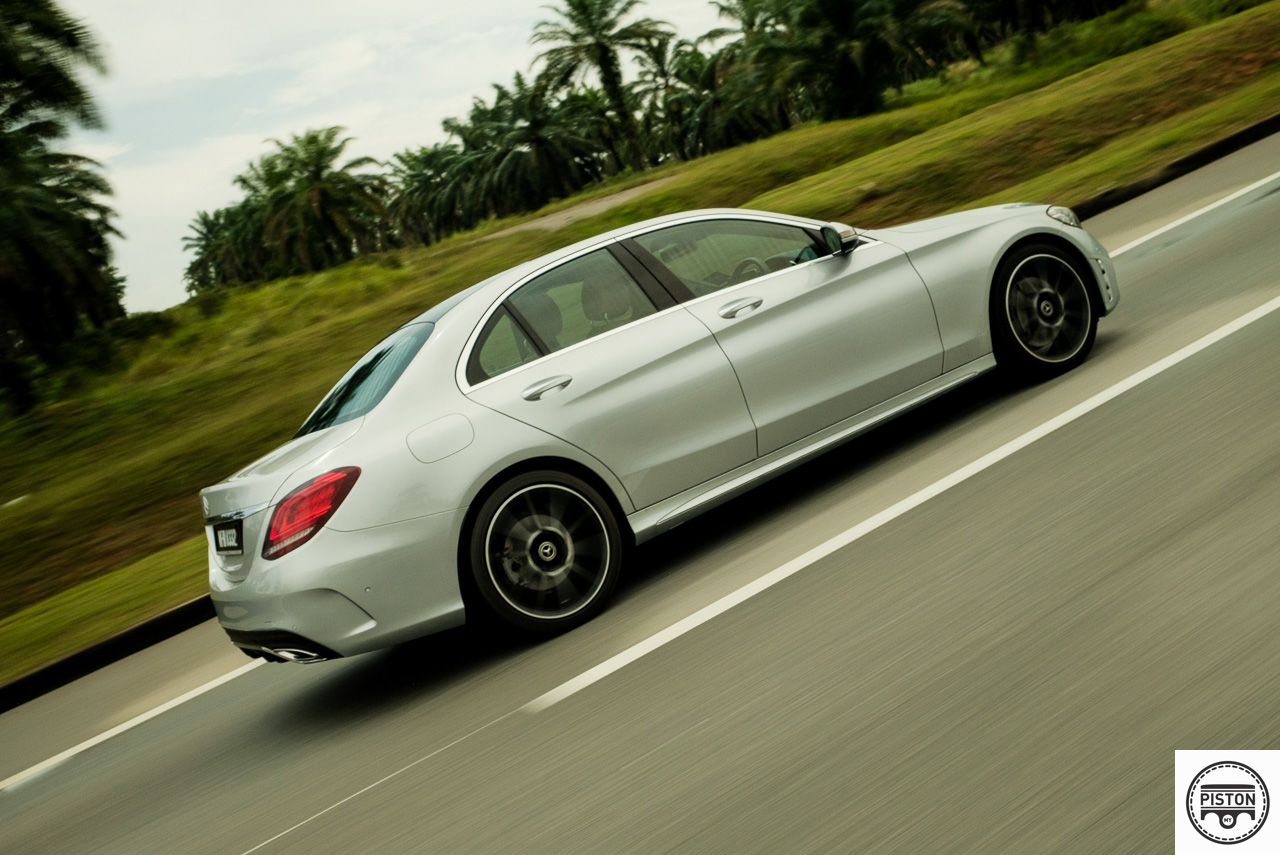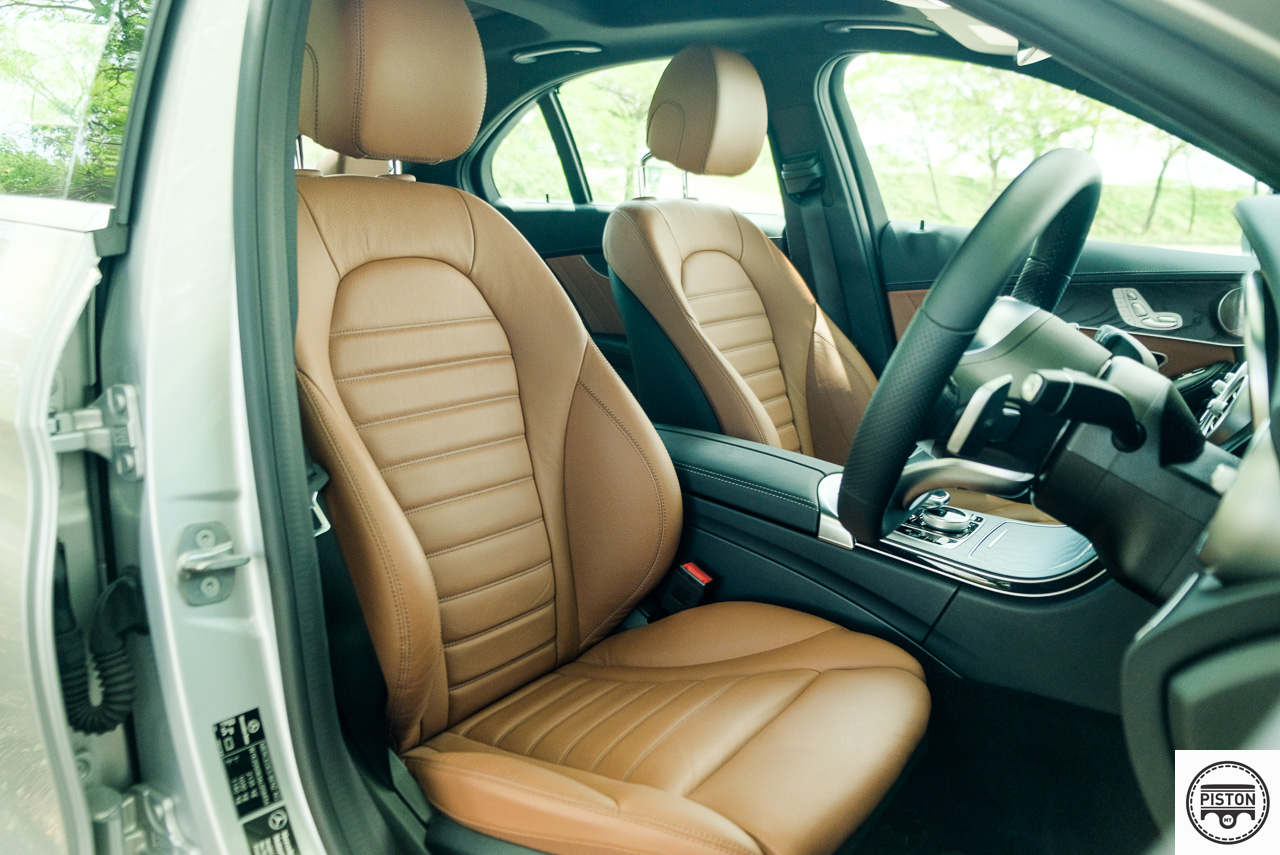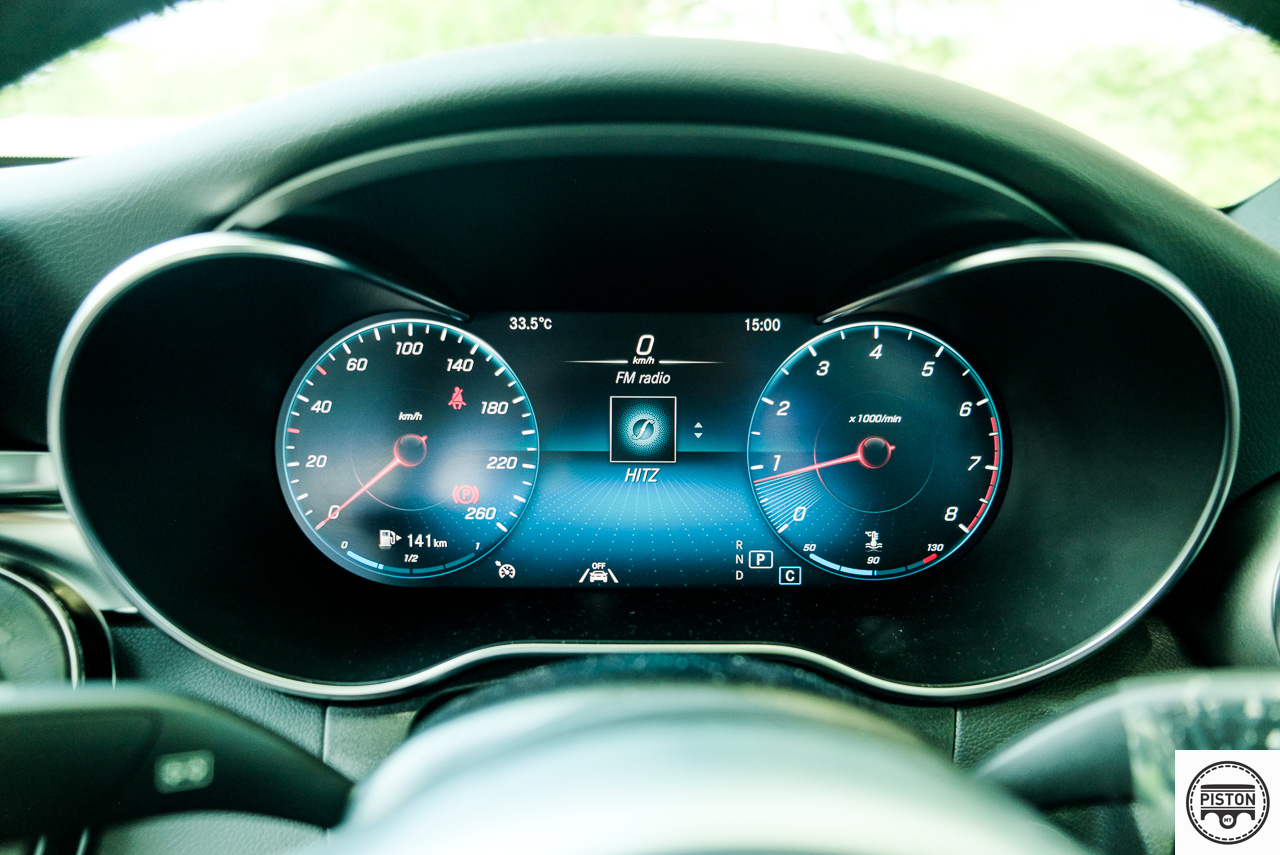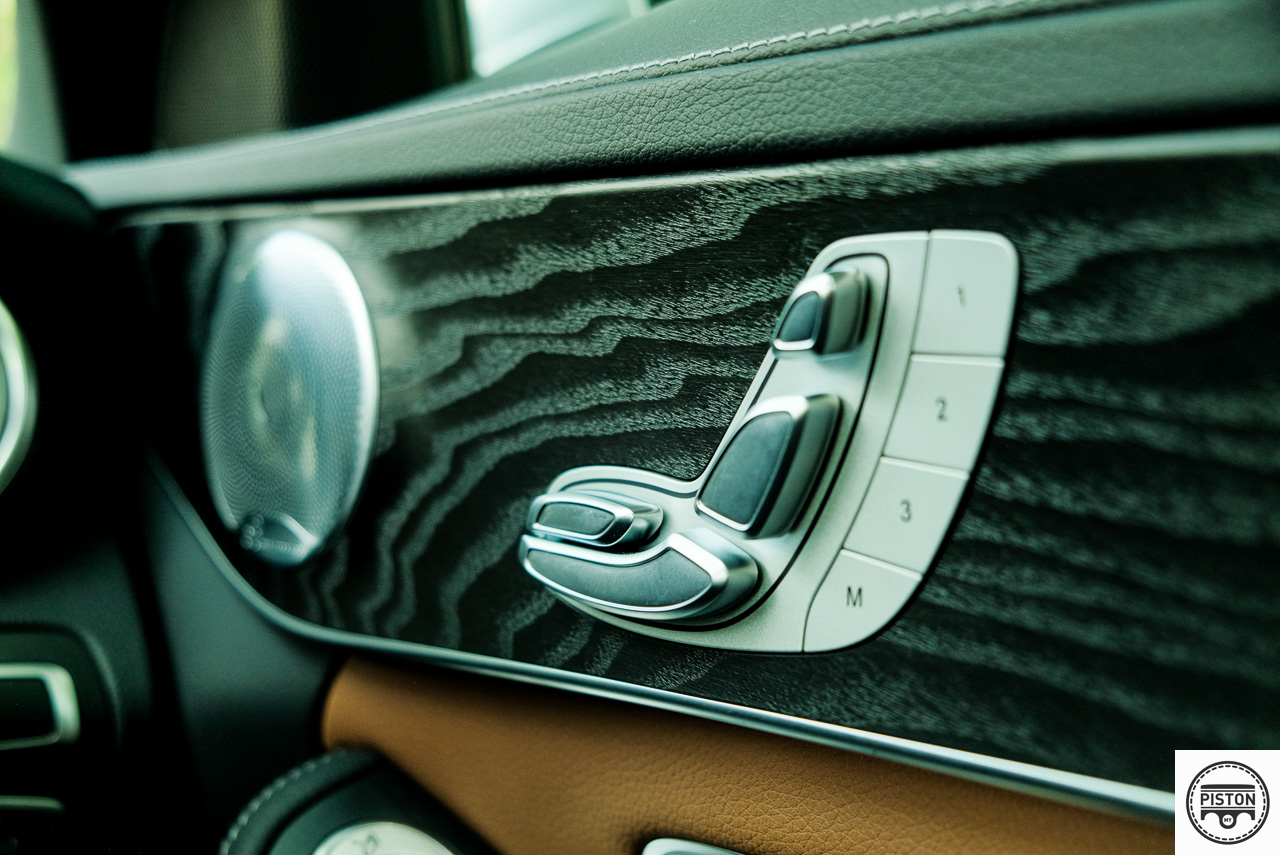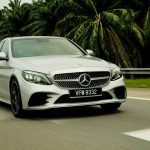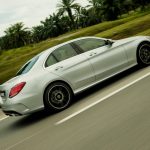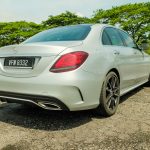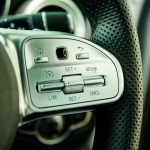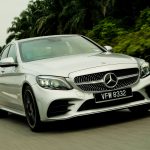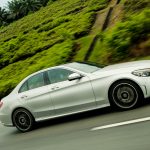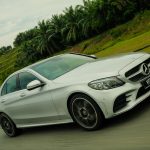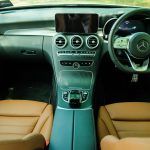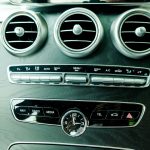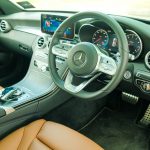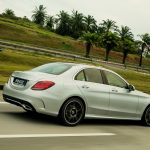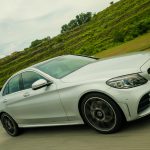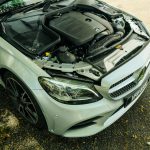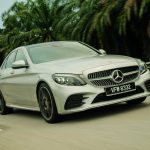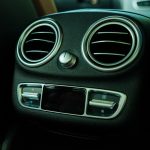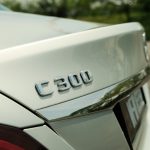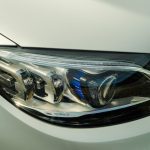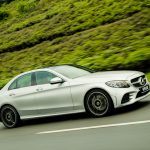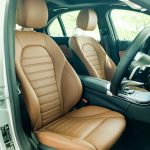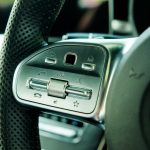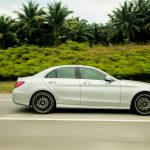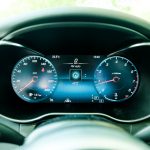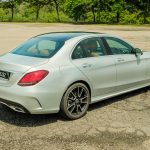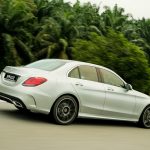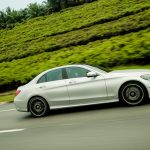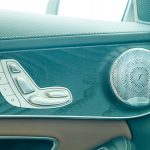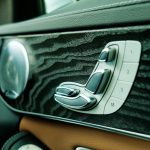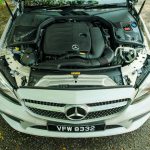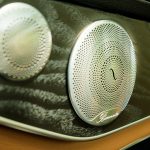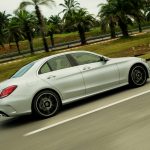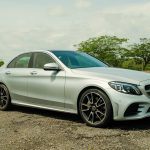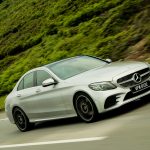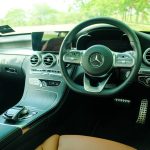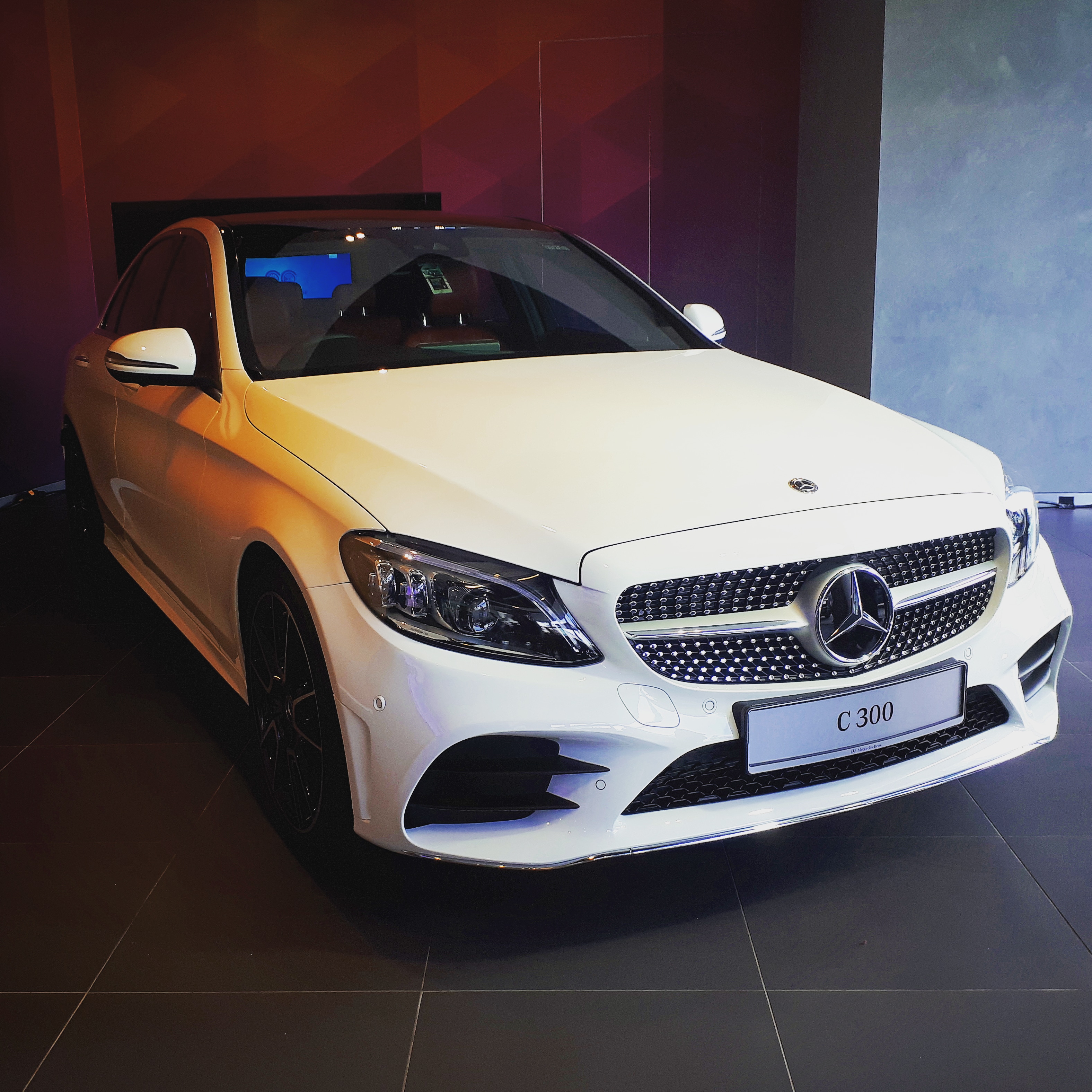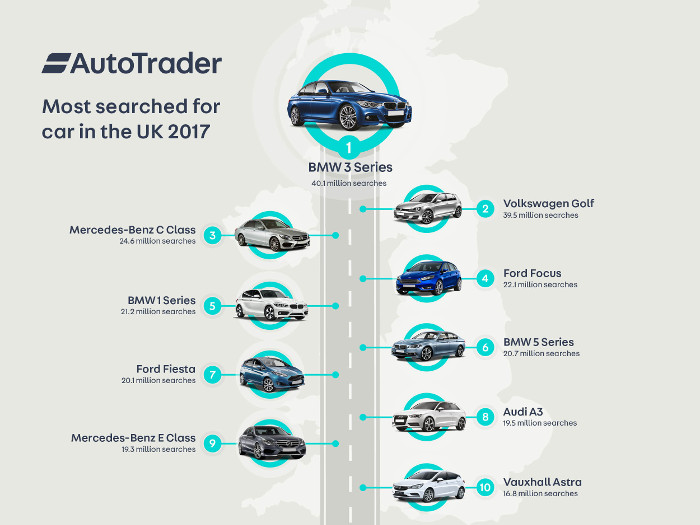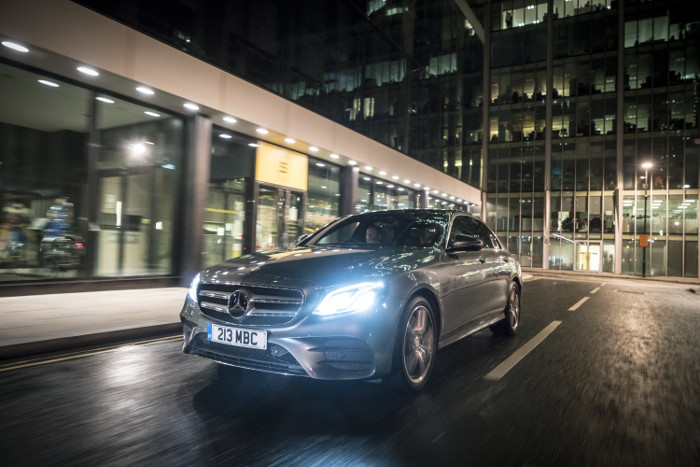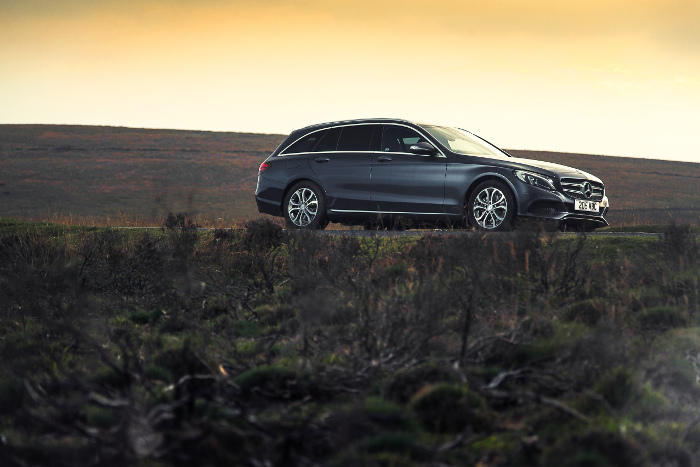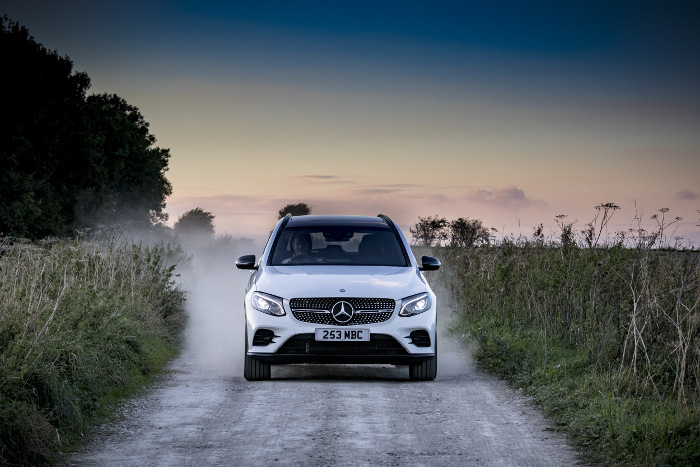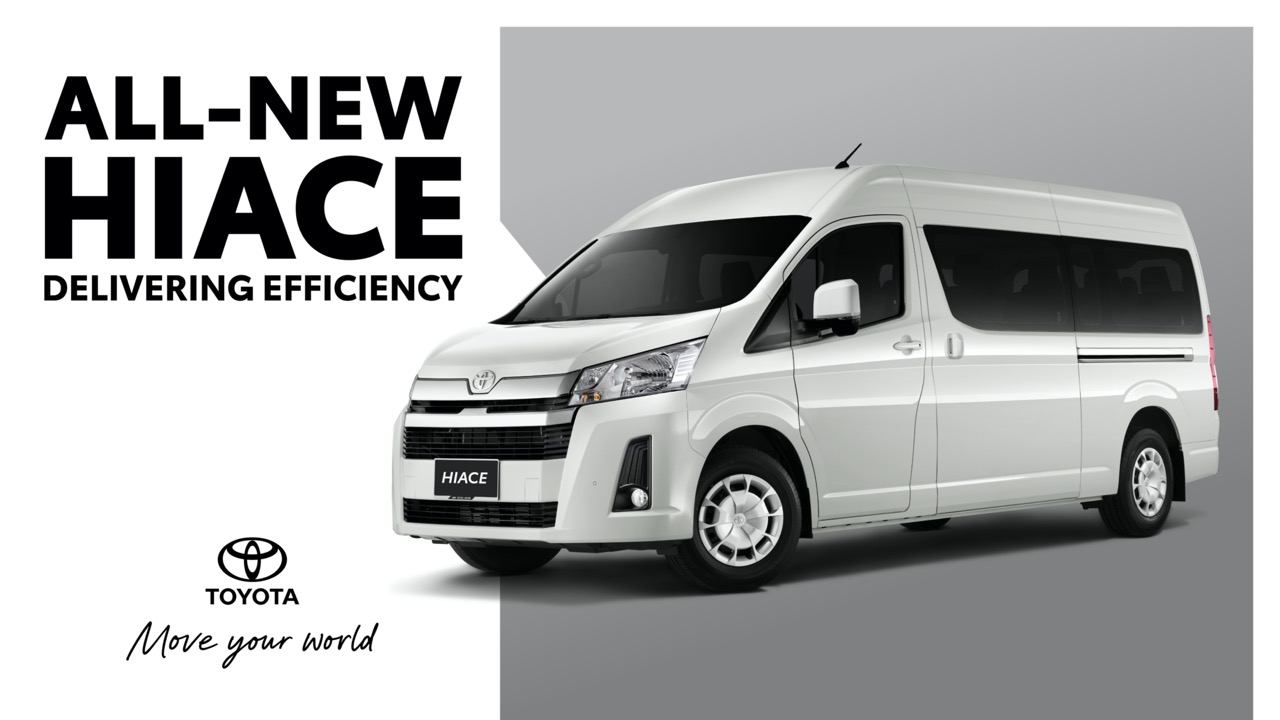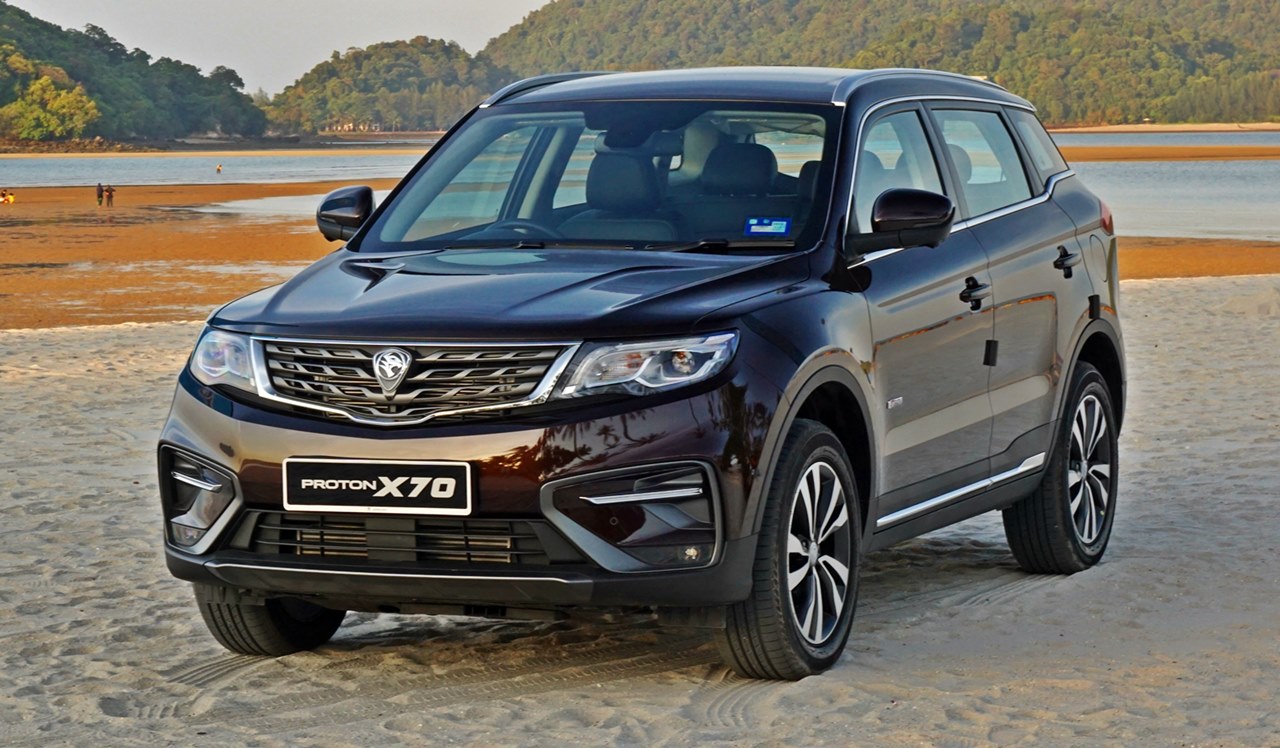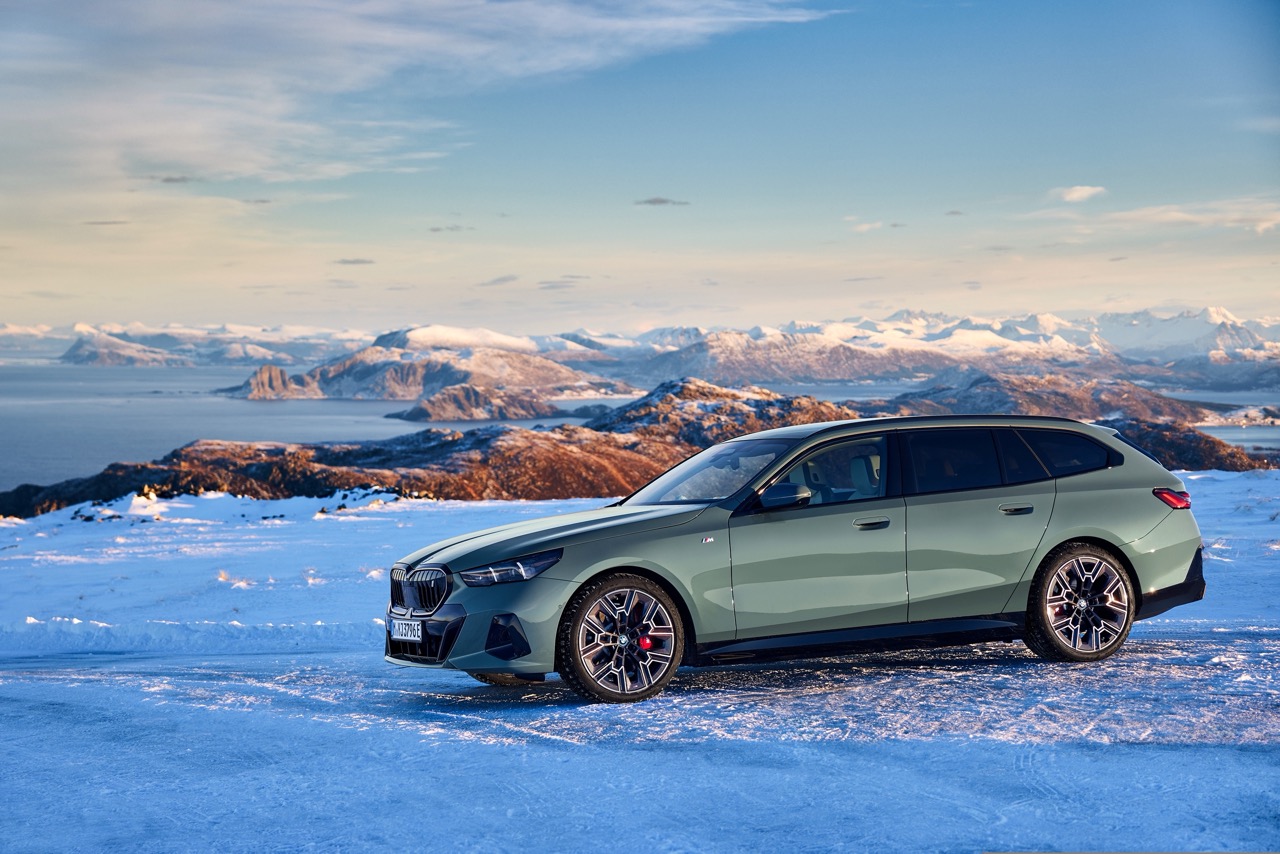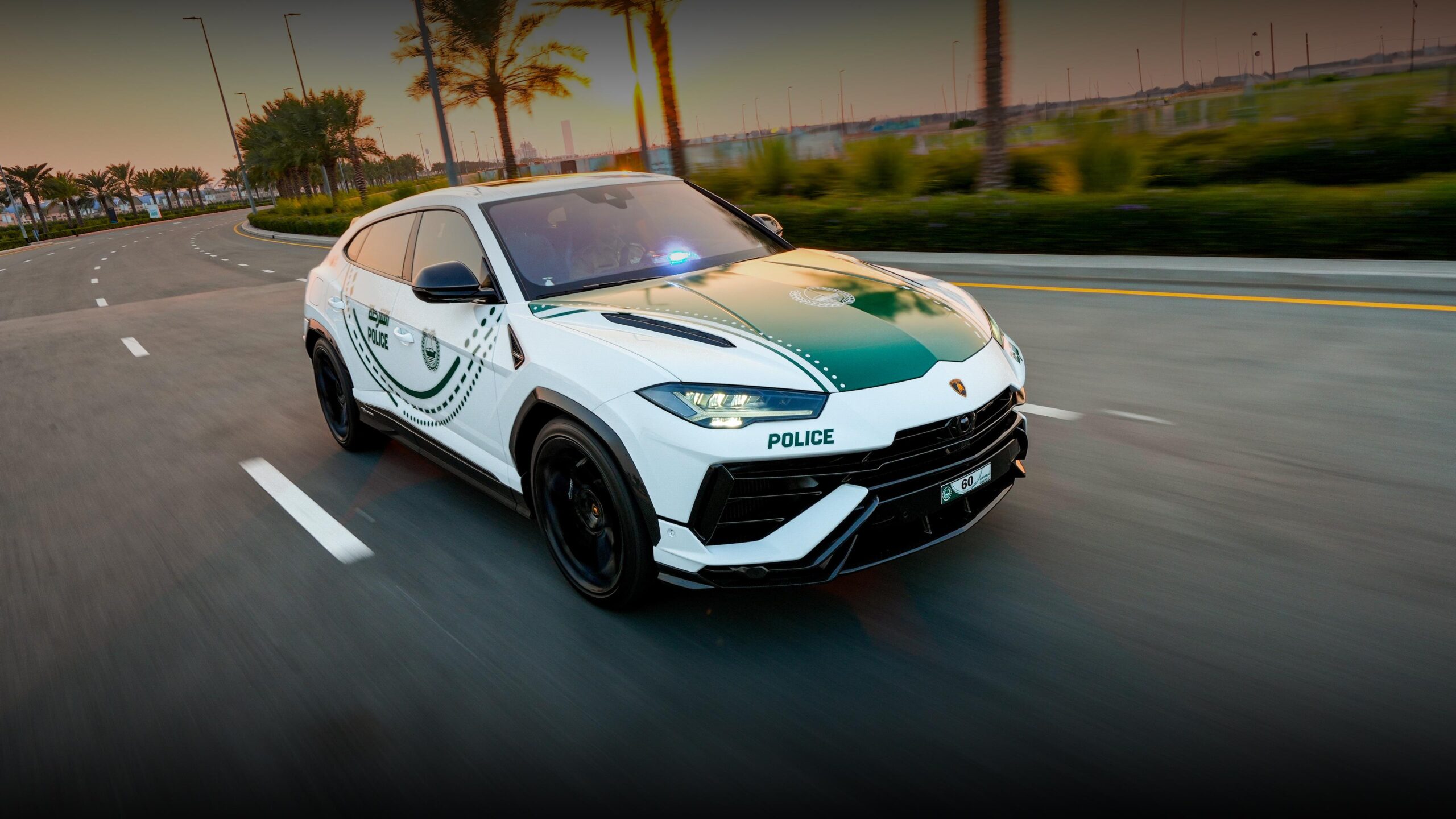n a year that was characterized by the ongoing pandemic and superconductor and component supply issues that led to the delay of some model launches, most manufacturers managed to plan and still execute their new car introductions. This enabled the jurors of the annual ‘Japan Car of the Year’ event to carry out their assessments of over 30 contenders.
In the first of two voting procedures, the award’s 60 jurors selected the ’10 Best vehicles’ of the year in late November. Following this, they then voted a second time to select the year’s best car as well as the winners of 4 special awards. When counting was completed at an online award ceremony on today, it was the Nissan Note e-Power series which was pronounced ‘Japan Car of the Year 2021-2022’.
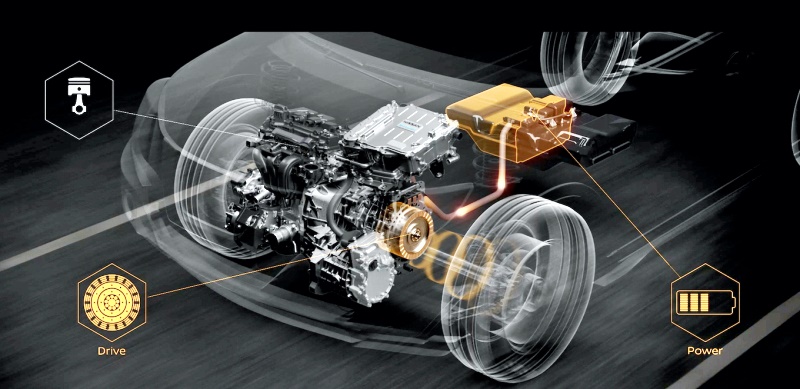
With 335 votes, the Nissan hatchback beat the Toyota GR86/Subaru BRZ pair which scored 264 votes, and the Honda Vezel (HR-V) with 227 votes. The new Note e-Power range, with its 1.2-litre hybrid powertrain, is currently on sale in Japan but the carmaker has plans to launch the e-Power drivetrain in European and US markets in the near future.
According to the COTY committee, the Note e-Power’s win was due to its hybrid powertrain, excellent fuel economy and handling, keen pricing and stylish design.
The other finalists finished in the following order:
4th – Mitsubishi Outlander PHEV (206 votes)
5th – Volkswagen Golf 8 (168 votes)/also Import Car of the Year
6th – Toyota Mirai FCEV (104 votes)
7th – Chevrolet Corvette (81 votes)
8th – Mercedes-Benz C-Class (51 votes)
9th – Toyota Land Cruiser (45 votes)
10th – BMW 4-Series (19 votes)
This year’s title is the fifth one for Nissan while the Volkswagen Golf’s popularity with the Japanese is evident by it collecting another title for the latest generation after the Golf 7 in 2013 (when it was also overall ‘Japan Car of the Year’).
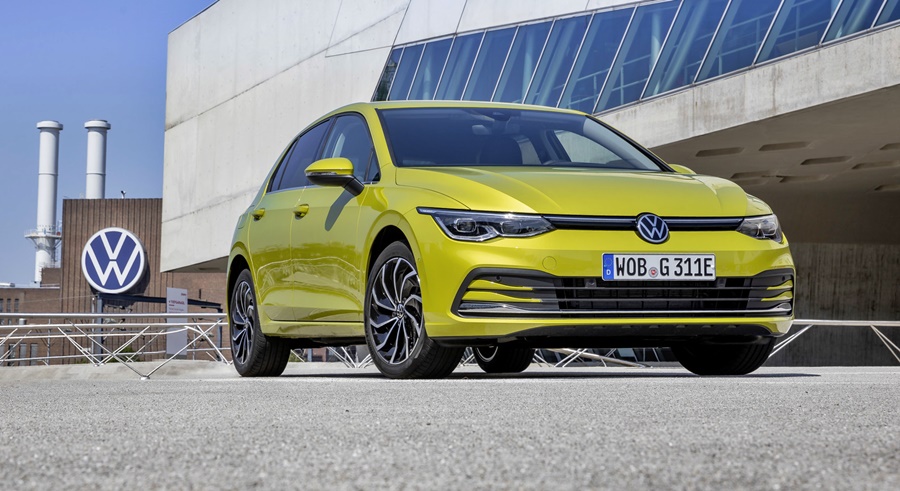
PAST WINNERS
1980-1981: Mazda Familia (323)
1981-1982: Toyota Soarer
1982-1983: Mazda Capella (626)
1983-1984: Honda Civic
1984-1985: Toyota MR2
1985-1986: Honda Accord
1986-1987: Nissan Pulsar
1987-1988: Mitsubishi Galant
1988-1989: Nissan Silvia SX
1989-1990: Toyota Celsior (Lexus LS)
1990-1991: Mitsubishi Galant
1991-1992: Honda Civic
1992-1993: Nissan March
1993-1994: Honda Accord
1994-1995: Mitsubishi FTO
1995-1996: Honda Civic
1996-1997: Mitsubishi Galant
1997-1998: Toyota Prius
1998-1999: Toyota Altezza (Lexus IS250)
1999-2000: Toyota Vitz (Yaris)
2000-2001: Honda Civic
2001-2002: Honda Fit (Jazz)
2002-2003: Honda Accord
2003-2004: Subaru Legacy
2004-2005: Honda Legend
2005-2006: Mazda MX-5
2006-2007: Lexus LS460
2007-2008: Honda Fit (Jazz)
2008-2009: Toyota iQ
2009-2010: Toyota Prius
2010-2011: Honda CR-Z
2011-2012: Nissan LEAF
2012-2013: Mazda CX-5
2013-2014: Volkswagen Golf 7
2014-2015: Mazda2/Demio
2015-2016: Mazda MX5
2016-2017: Subaru Impreza
2017-2018: Volvo XC60
2018-2019: Volvo XC40
2019-2020: Toyota RAV4
2020-2021: Subaru Levorg


